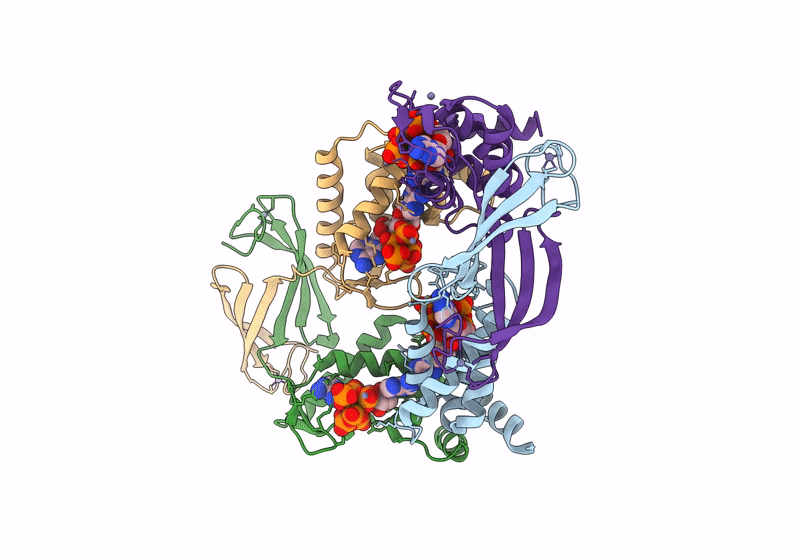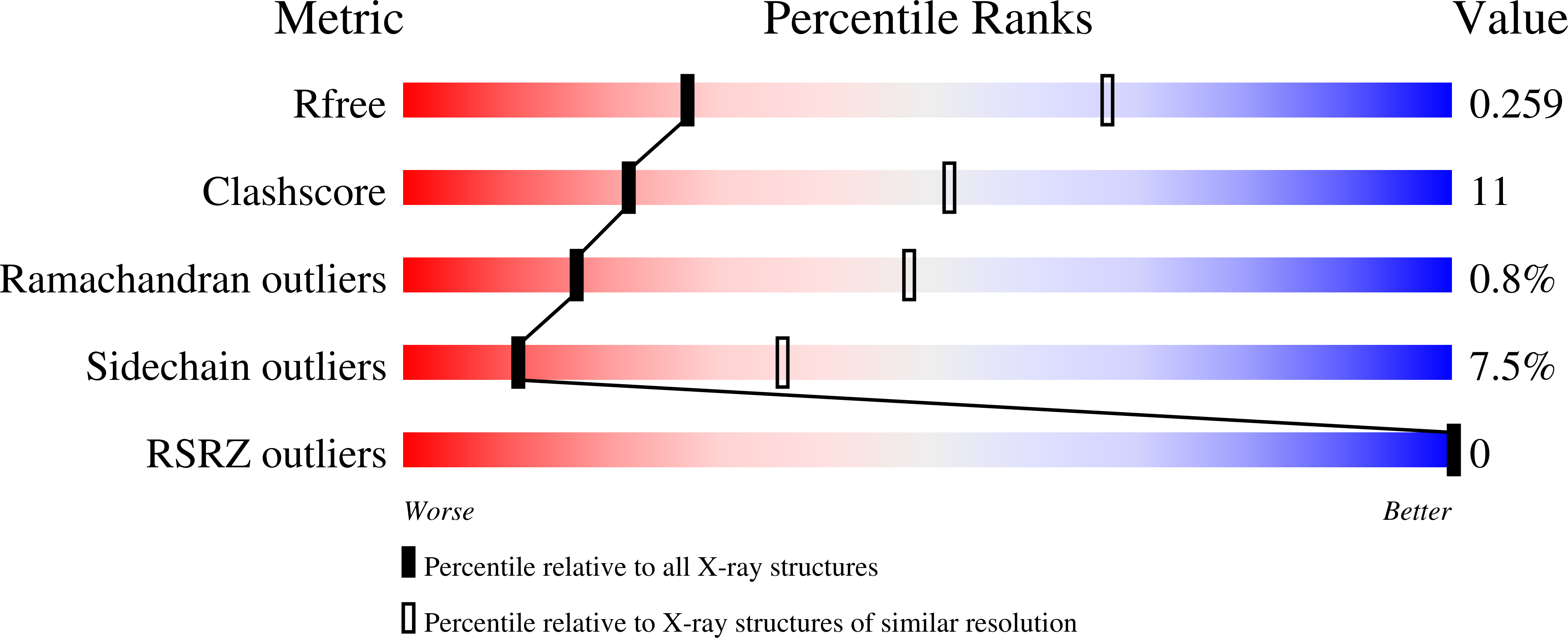
Deposition Date
2024-06-28
Release Date
2025-03-19
Last Version Date
2025-07-02
Entry Detail
PDB ID:
9FVR
Keywords:
Title:
Transcription repressor NrdR from E. coli, ATP/dATP-bound state, SeMet protein
Biological Source:
Source Organism:
Escherichia coli (Taxon ID: 562)
Host Organism:
Method Details:
Experimental Method:
Resolution:
3.10 Å
R-Value Free:
0.27
R-Value Work:
0.22
R-Value Observed:
0.22
Space Group:
P 21 21 21


